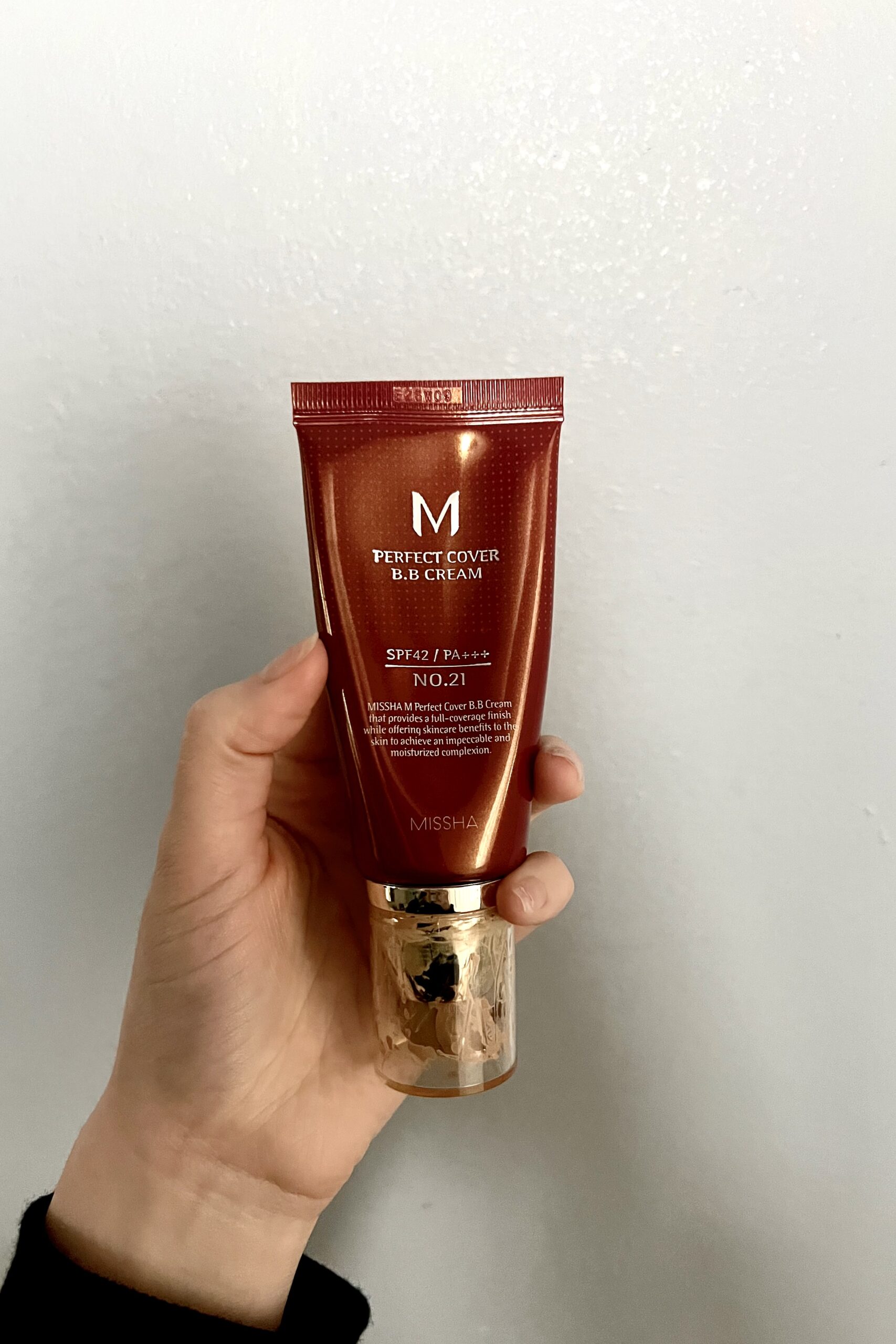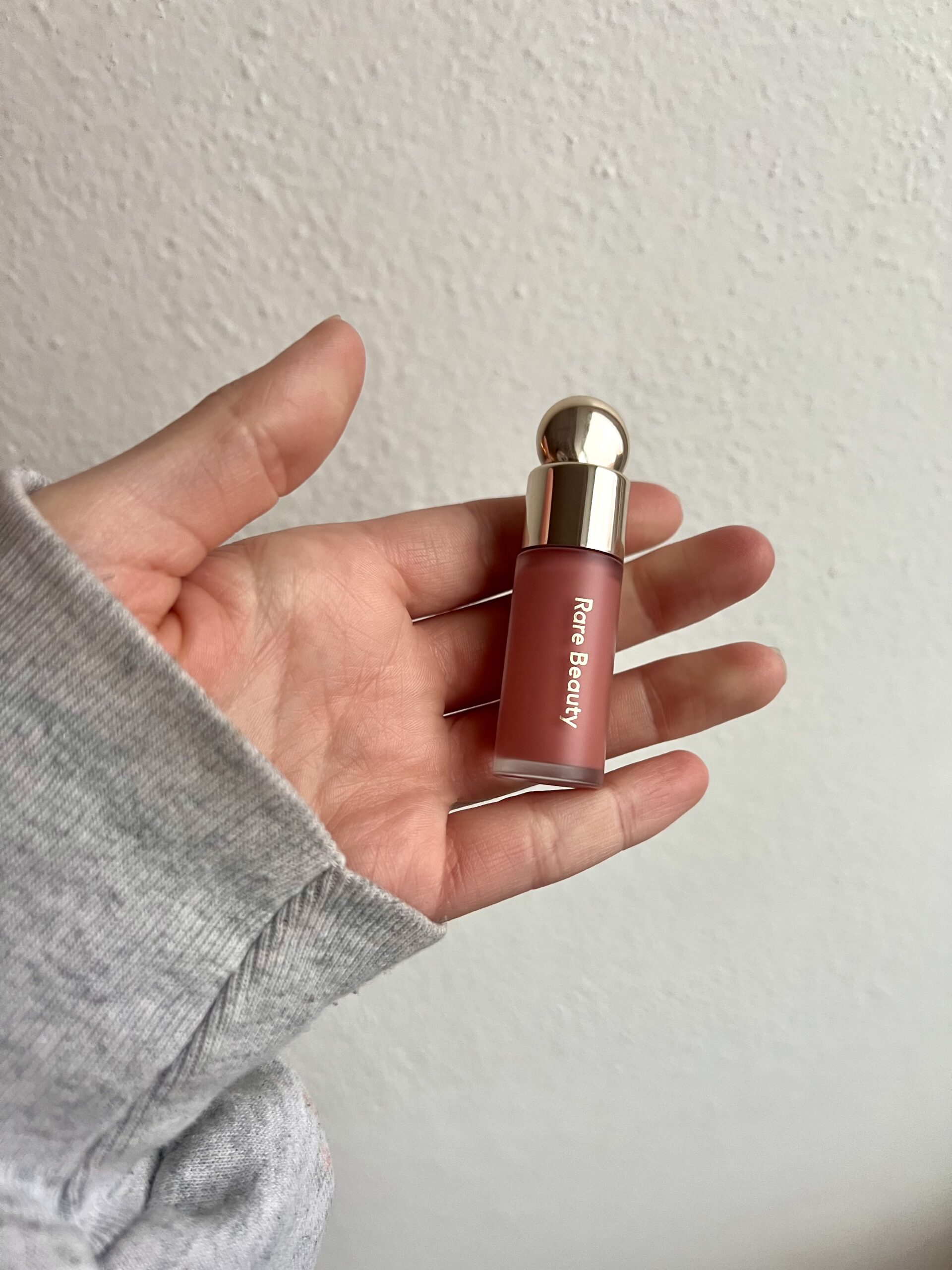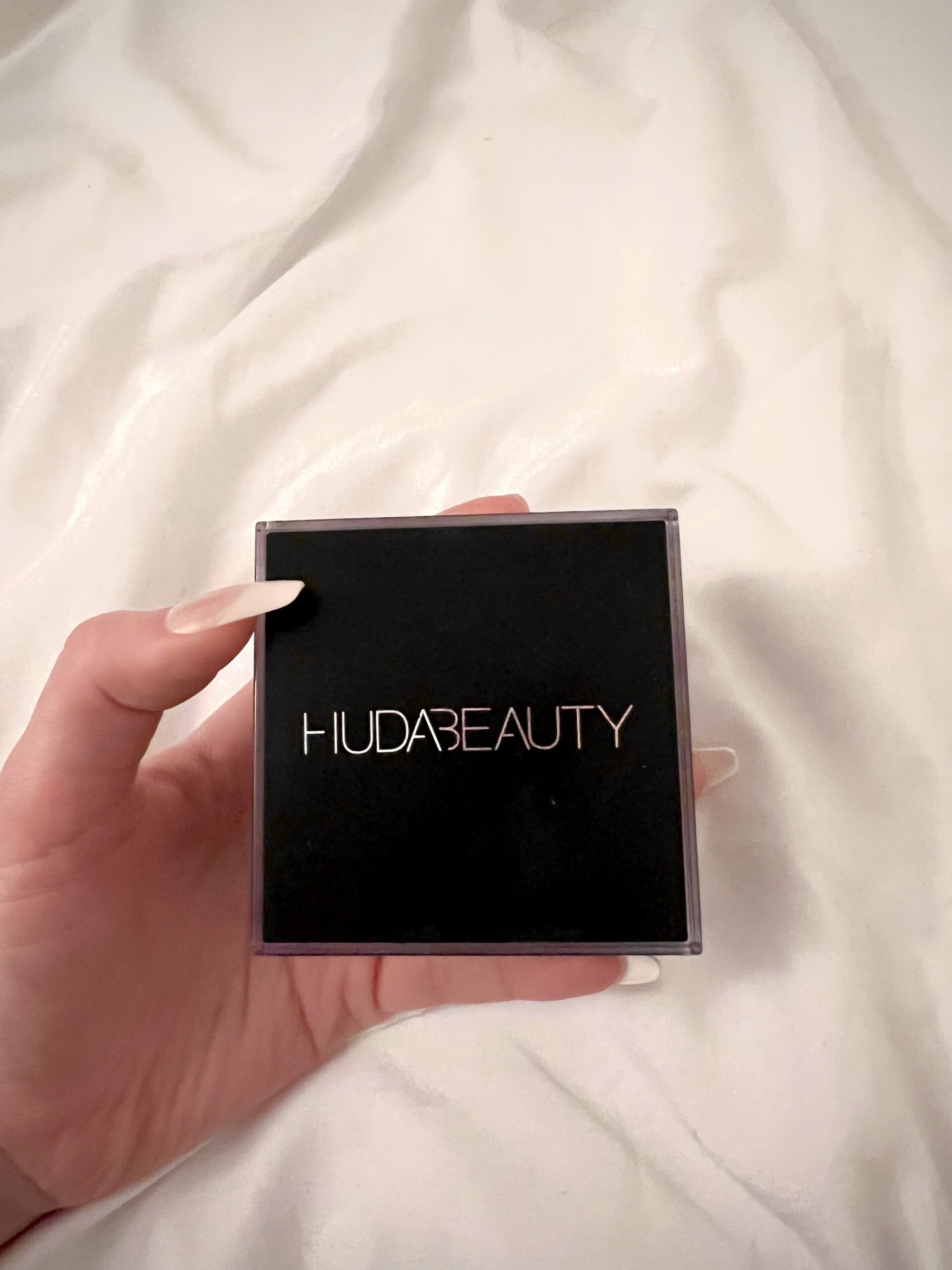Glycolic Acid vs Salicylic Acid: Decoding Skincare Powerhouses

With skincare, two acids have gained immense popularity for addressing various skin concerns: Glycolic Acid and Salicylic Acid. Let’s dive into the intricacies of these powerful compounds to understand their roles, benefits, and applications.
Introduction
- Glycolic Acid and Salicylic Acid are prominent skincare ingredients known for their remarkable benefits.
- Importance of Skincare Acids: These acids play a pivotal role in addressing issues such as acne, hyperpigmentation, and exfoliation.
- Overview: Explore the widespread use and popularity of Glycolic Acid and Salicylic Acid in the beauty industry.
Understanding Glycolic Acid
What is Glycolic Acid?
- Derived from sugarcane, Glycolic Acid is an alpha-hydroxy acid (AHA) renowned for its exfoliating properties.
Mechanism of Action:
- Understand how Glycolic Acid interacts with the skin, promoting cell turnover and renewel. Since this acid exfoliates the top layer of your skin, its commonly used in body washes or skin care products to increase collagen, hydration, and have a speedy cell turnover rate. The benefits include the reduction of wrinkles and can also help reduce bumps from shaving.
Understanding Salicylic Acid
What is Salicylic Acid?
- Derived from willow bark, Salicylic Acid is a beta-hydroxy acid (BHA) with exceptional acne-fighting properties.
Mechanism of Action:
Learn how Salicylic Acid penetrates the skin to combat acne and promote clearer complexion. This acid absorbs to the skin such as sebum on your face, which are the oils, and it breaks it down. This is helpful when dealing with acne because it takes off the dead skin and absorbs into pores which in turn will reduce pimples.
Glycolic Acid vs Salicylic Acid – An analysis to compare
- Skin Types it’s most suitable for:
Understand which skin types benefit most from Glycolic Acid or Salicylic Acid.
Glycolic acid helps skin that is oily, has dark pigmentation, or skin damage from the sun.
Salicylic acid helps skin that has redness, swelling, acne, and pores.
- Effectiveness in Treating Acne:
Both of these acids effectively get rid of dead skin by exfoliating the top layer. However, salicylic acid is most known for penetrating with oils and reducing sebum will also reduce clogged pores. Salicylic acid is more commonly used to treat acne.
- Exfoliation Properties:
Explore how each acid influences skin texture through exfoliation.
- Treatment of Hyperpigmentation:
Assess their roles in tackling hyperpigmentation and dark spots.
- Side Effects and Precautions:
Start slow and do patch tests especially if you have sensitive and dry skin. Pair with a moisturizer and a sunscreen.
Glycolic Acid vs Salicylic Acid: Navigating the Pros and Cons
Pros and Cons of Glycolic Acid
Highlighting the Benefits of Glycolic Acid
- Improves skin texture and promotes a radiant complexion.
- Effective in addressing fine lines and wrinkles.
Addressing Potential Drawbacks or Side Effects
- May cause irritation, especially for sensitive skin.
- Increased sensitivity to sunlight.
Recommendations for Optimal Use
- Start with lower concentrations for beginners.
- Use sunscreen diligently to counter sun sensitivity.
Pros and Cons of Salicylic Acid
Highlighting the Benefits of Salicylic Acid
- Strong acne-fighting properties.
- Reduces inflammation and unclogs pores.
Addressing Potential Drawbacks or Side Effects
- May cause dryness or peeling.
- Not recommended for individuals with aspirin allergies.
Recommendations for Optimal Use
- Incorporate into a nighttime routine for best results.
- Pair with hydrating products to combat dryness.
Incorporating Glycolic Acid and Salicylic Acid into Skincare Routine
Tips for Introducing Glycolic Acid into a Skincare Routine
- Start with a patch test to check for sensitivity.
- Gradually increase frequency as skin builds tolerance.
- Apply on clean, dry skin to enhance absorption.
- Consider using a moisturizer to counteract potential dryness.
- Pair with hyaluronic acid for enhanced hydration.
- Avoid using both acids simultaneously to prevent irritation.
Conclusion
- Both acids offer unique benefits and considerations and understand individual skin needs to dictate the acid of choice.




